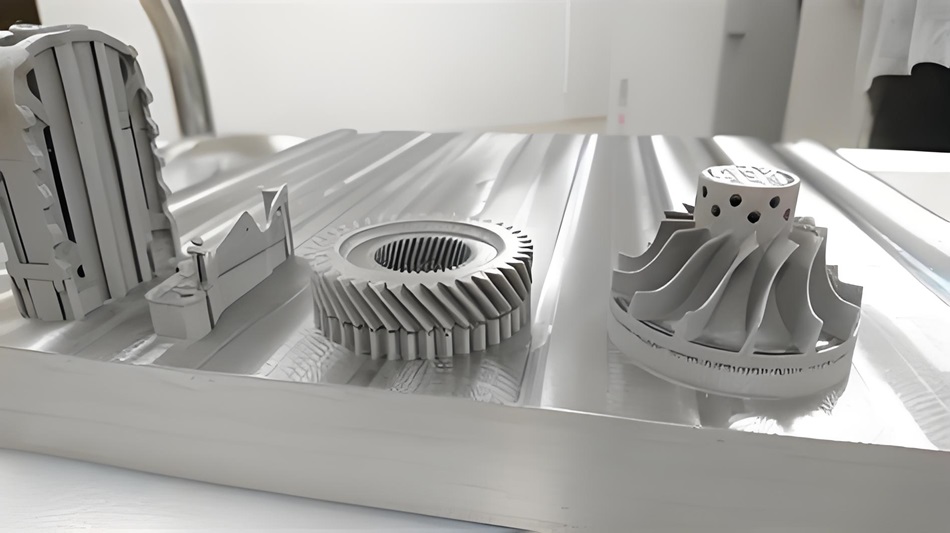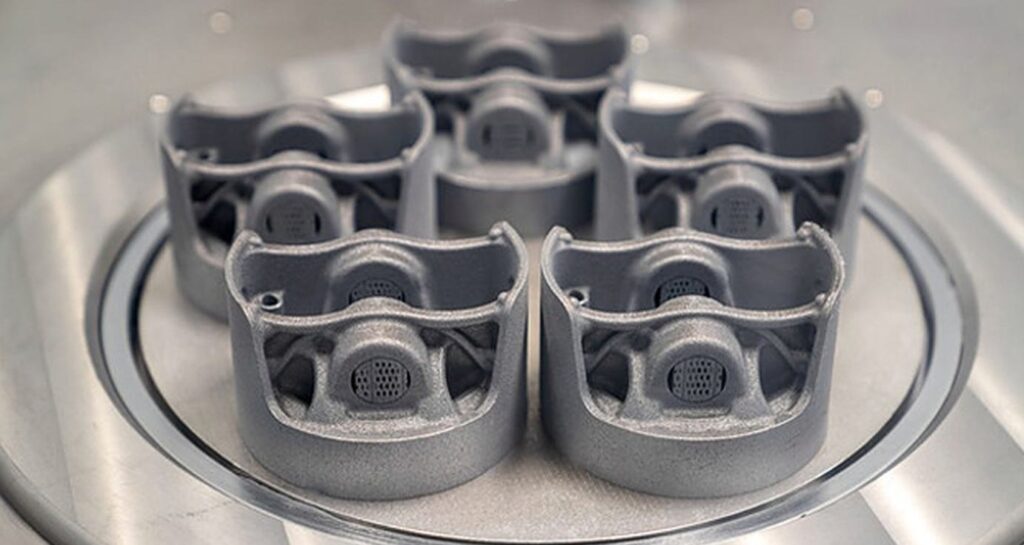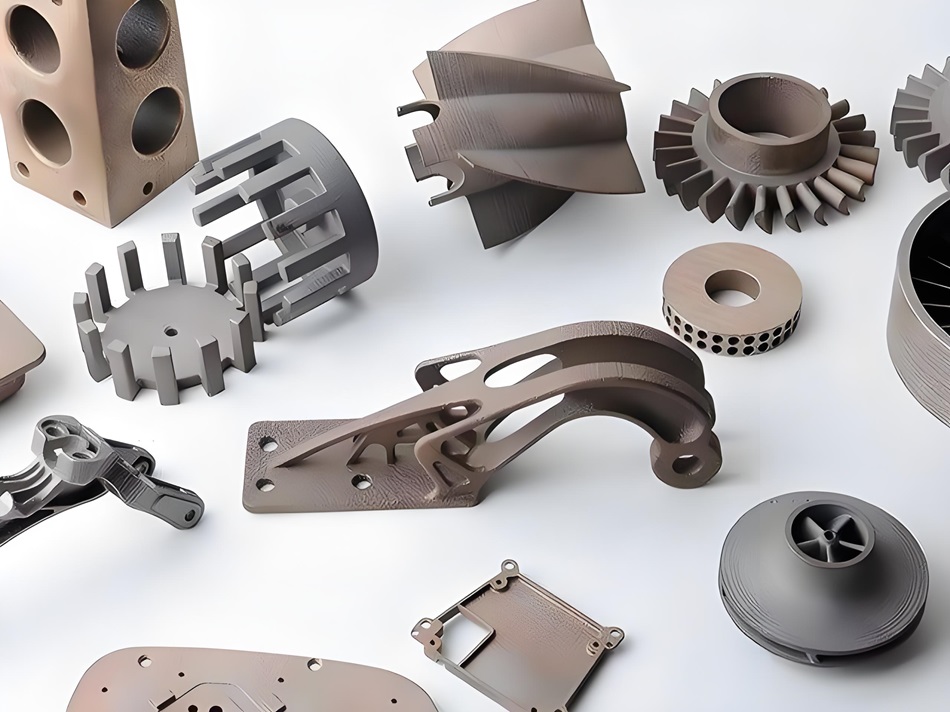Powder Metallurgy 3D Printing: Revolutionizing Metal Part Production

Introduction to Powder Metallurgy 3D Printing
What is Powder Metallurgy 3D Printing?
Powder Metallurgy (PM) 3D printing, often referred to as metal additive manufacturing, involves the use of powdered metals as the starting material. Unlike traditional 3D printing which might use polymers, PM 3D printing employs advanced techniques like Selective Laser Melting (SLM) or Electron Beam Melting (EBM). These processes fuse metal powder particles together layer by layer using a high-power laser or electron beam, respectively, creating intricate and robust metal structures that were previously impossible or very costly to manufacture.
Key Processes in Powder Metallurgy 3D Printing
1. Powder Bed Fusion (PBF)
One of the most prevalent methods in powder metallurgy 3D printing is Powder Bed Fusion. This technique utilizes a laser or electron beam to selectively melt or sinter layers of metal powder. The process involves the following steps:
- Layering: A thin layer of metal powder is spread across a build platform.
- Fusing: An energy source (laser or electron beam) selectively melts the powder in the desired pattern, fusing it into a solid layer.
- Building: The build platform descends, and the process repeats for subsequent layers until the part is fully formed.
Common variants of PBF include:
- Selective Laser Melting (SLM): Fully melts the metal powder to create dense parts.
- Direct Metal Laser Sintering (DMLS): Partially melts the powder, resulting in a solid structure upon cooling.
- Electron Beam Melting (EBM): Uses an electron beam in a vacuum environment to melt the powder, allowing for high-energy efficiency and the ability to print high-temperature materials.
2. Binder Jetting
In this process, a liquid binder is selectively deposited onto a layer of metal powder, which binds the particles together. After printing, the part is typically sintered to achieve full density. This method allows for the production of complex shapes without the need for support structures, as the unsintered powder provides support during the printing process.
3. Direct Energy Deposition (DED)
DED involves melting metal powder or wire as it is deposited onto a substrate. This method is often used for repairing or adding material to existing components and is characterized by its ability to produce large parts or features

The Evolution of Powder Metallurgy in 3D Printing
The technology has rapidly evolved from basic prototyping solutions to a critical manufacturing process for high-performance parts. Initially used for producing simple prototypes, PM 3D printing has been adopted by industries like aerospace and automotive due to its ability to produce lightweight yet strong components. Key milestones include the first use of titanium in aerospace applications and the development of stainless steel and aluminum alloys specifically optimized for 3D printing.
Applications and Benefits
Industries Transforming with PM 3D Printing
In the aerospace sector, PM 3D printing is used to manufacture complex components such as turbine blades with internal cooling channels, which significantly enhance aircraft performance while reducing weight. The automotive industry benefits from rapid prototyping of gearboxes and engine parts, enabling faster iteration and innovation cycles. In the medical field, custom implants and prosthetics are produced with exact fits, improving patient outcomes.
Key Benefits of Powder Metallurgy 3D Printing
- Complex Geometries: The ability to create intricate designs that are difficult to machine.
- Material Efficiency: Minimal waste compared to traditional subtractive manufacturing methods.
- Customization: Easy adaptation for low-volume production and custom parts.
- Material Variety: A wide range of metals can be used, including stainless steel, titanium, and specialty alloys

Technical Challenges and Future Prospects
Current Challenges in PM 3D Printing
Despite its advantages, PM 3D printing faces several material-related challenges. Powder consistency and quality are paramount; variations in particle size or distribution can lead to defects in the final product. Additionally, the technology’s reliance on sophisticated equipment poses limitations in terms of speed, accuracy, and scalability. Ensuring reliability and repeatability in production remains a significant hurdle.
The Future of Powder Metallurgy in 3D Printing
The future of PM 3D printing looks promising with ongoing research focused on developing new materials with enhanced properties and reducing costs. Innovations such as multi-material printing and improved machine learning algorithms for process optimization are expected to address current limitations. The market is poised for substantial growth as these technological advancements make PM 3D printing a more viable option for a broader range of industries.
Conclusion
Powder metallurgy 3D printing stands at the forefront of the manufacturing industry’s evolution, offering groundbreaking solutions that merge functionality with innovation. As the technology overcomes current challenges and continues to mature, its impact on how products are designed, developed, and delivered will only grow, marking a new era in industrial manufacturing.
More Resources
Titanium 3D Printing-JHMIM
3D Printed Architectural Model –Source:RJ Models

